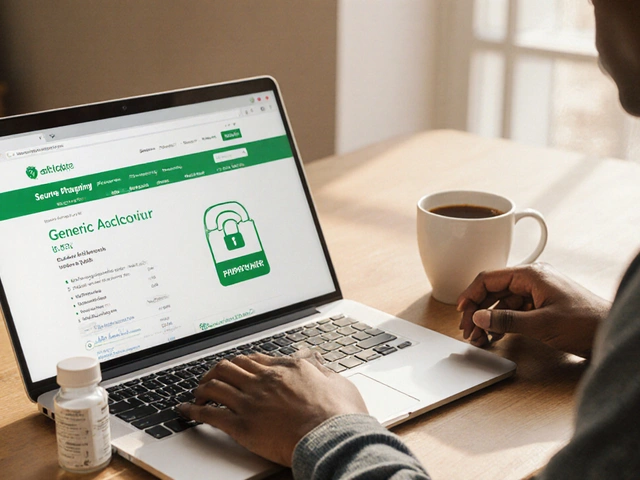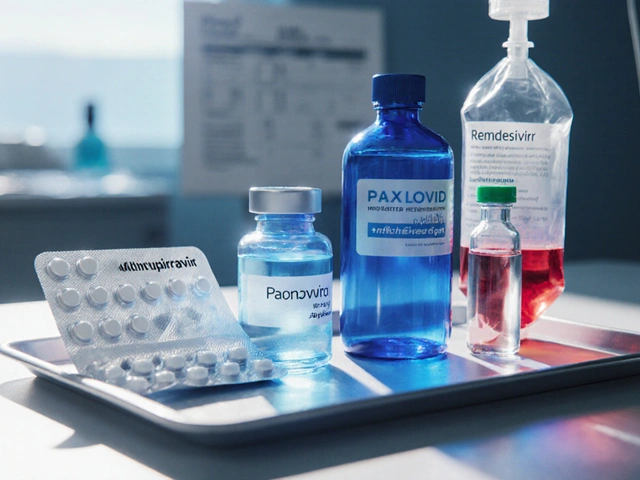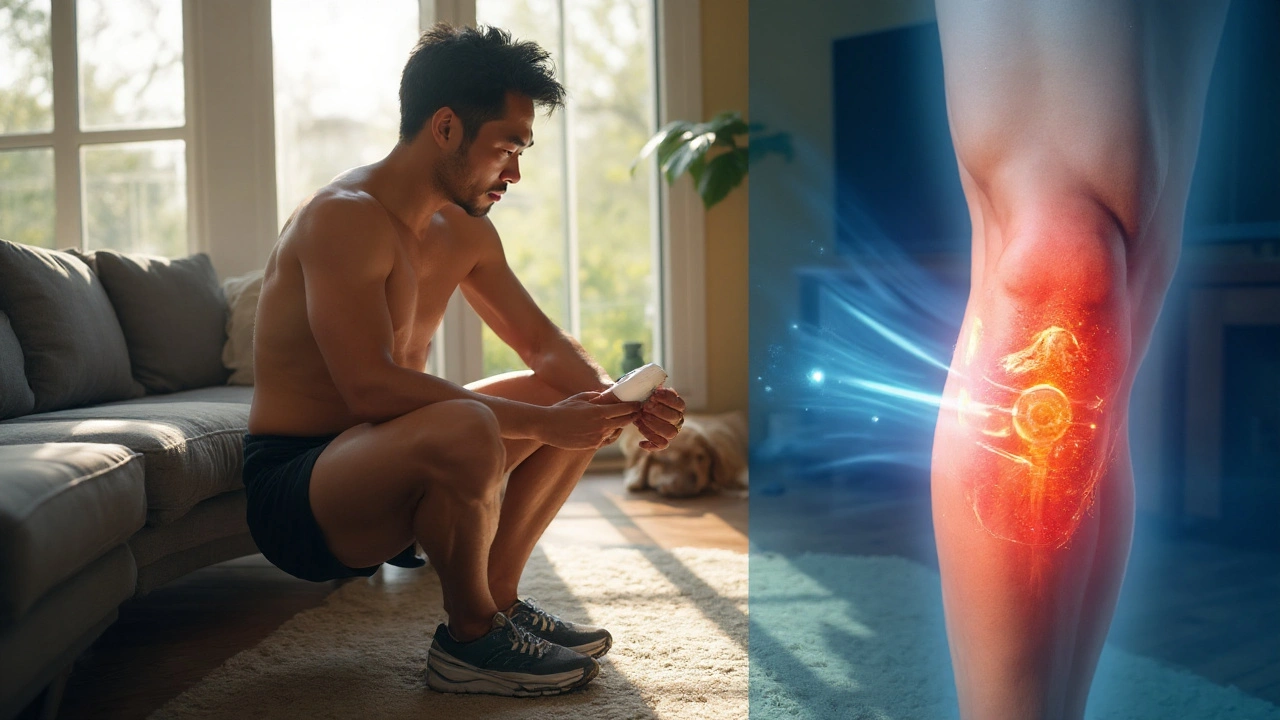Lidocaine Gel: Quick Relief for Minor Pain
If you’ve ever dealt with a nasty sunburn or an itchy bug bite, you know how annoying the sting can be. Lidocaine gel is a topical numbing cream that takes the edge off fast. It’s sold over‑the‑counter in pharmacies and online, usually at 4%–5% strength, making it a handy addition to any home first‑aid kit.
What makes lidocaine gel work? The active ingredient blocks sodium channels in nerve cells, stopping pain signals from reaching the brain. This simple chemical action translates into a tingling feeling that turns sharp aches into a dull buzz within minutes.
How to Apply Lidocaine Gel Correctly
Start with clean, dry skin. Gently pat the area you want to numb – whether it’s a small cut, a tattoo after‑care spot, or an irritated rash – and then spread a thin layer of gel. You only need enough to cover the surface; more won’t speed up relief but could increase irritation.
Most products advise waiting 5–10 minutes before touching the area again. If you’re using it for a medical procedure like a minor skin biopsy, follow your clinician’s timing instructions exactly. For repeated use, stick to the label’s maximum – usually no more than four applications in 24 hours.
Safety Tips & When to See a Doctor
Lidocaine gel is safe for most adults, but avoid applying it on broken skin, deep wounds or mucous membranes unless a doctor tells you otherwise. If you notice redness, swelling, or a rash after using the gel, wash it off with mild soap and water and stop using it.
Allergic reactions are rare but possible. Symptoms like hives, breathing trouble or dizziness need immediate medical attention. Also, don’t use lidocaine gel on large body areas or for prolonged periods – systemic absorption can happen and cause heart rhythm problems.
Children under 12 should only use lidocaine gel with a health‑care professional’s guidance, as their skin absorbs medication more quickly. Pregnant or breastfeeding individuals should check with their doctor before using any topical anesthetic.
When buying lidocaine gel online, look for reputable sellers that list the exact concentration and expiration date. Avoid cheap imports without proper labeling – they may contain lower‑grade ingredients or be past their prime.
In summary, lidocaine gel offers fast, targeted pain relief when used correctly. Clean the area, apply a thin layer, respect the dosage limits, and watch for any signs of irritation. Keep it in your medicine cabinet for those occasional burns, stings, or minor procedures, and you’ll have a reliable solution ready whenever discomfort strikes.
Choline Salicylate + Lignocaine for Arthritis Pain: Uses, Safety, Evidence
Does choline salicylate + lignocaine help arthritis pain? See how it works, when to use it, safety tips, and how it compares to topical NSAIDs and other options.
About
Medications
Latest Posts


Cialis Daily (Tadalafil) vs. Other ED Treatments: Full Comparison
By Orion Kingsworth Sep 27, 2025

Buy Cheap Generic Zovirax Online - Safe Guide & Best Prices
By Orion Kingsworth Sep 28, 2025

Buy Cheap Generic Bactrim Online - Safe Pharmacy Guide 2025
By Orion Kingsworth Sep 30, 2025

